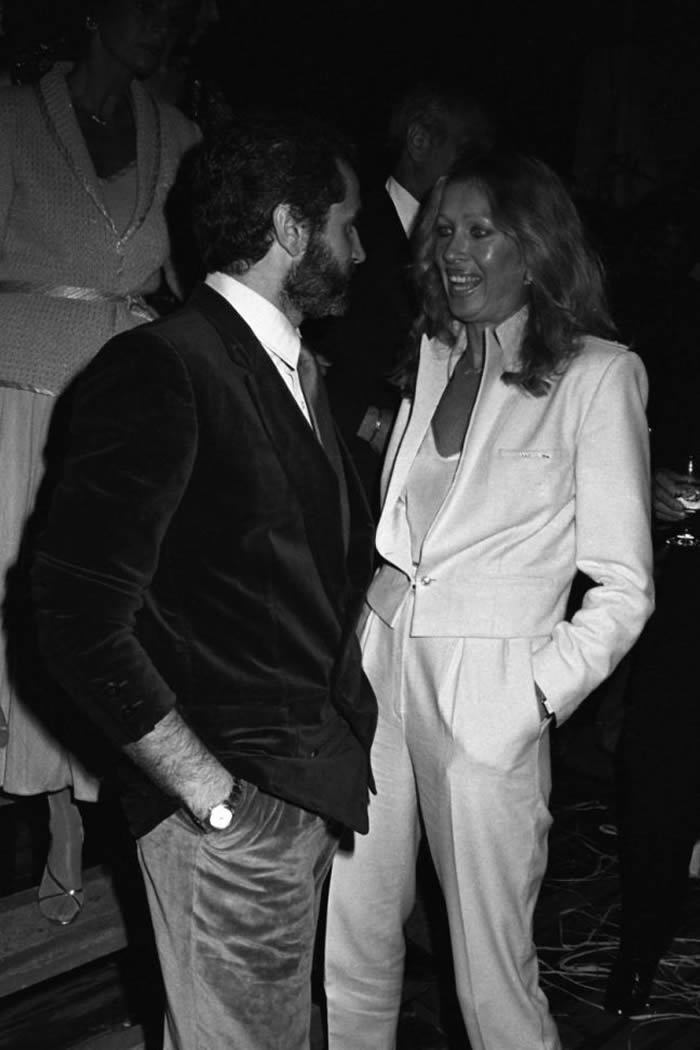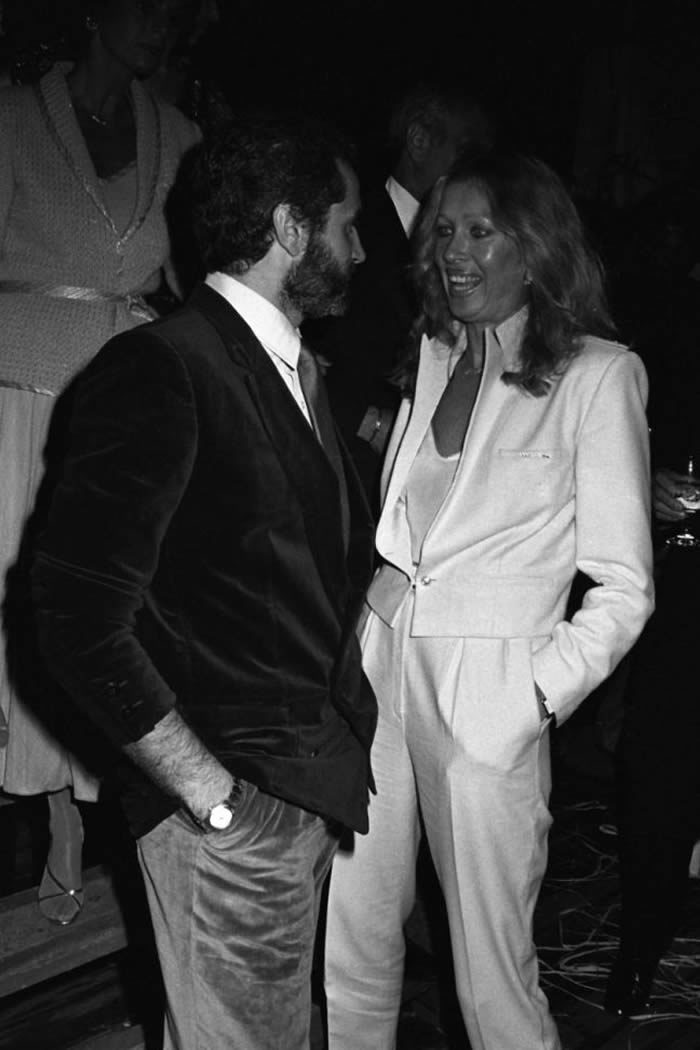Her deep blue eyes staring at the camera, her hand holding a snake placed on her shoulder — that’s the iconic picture shot in 1964 by Gian Paolo Barbieri that catapulted Isa Stoppi into becoming one of the leading models of her era.
On Tuesday, her ex-husband, entrepreneur Gian Germano Giuliani, and her children, Renzo and Germano, paid tribute to Stoppi, who died in Milan on Sunday after a long illness, via a full page in one of Italy’s leading newspapers, which featured another portrait shot by Barbieri.
“Every memory of Isa is special. She was special. I will never forget the first time I met her. I got in touch with her through my brother, always very sensitive to beauty. I was looking for models posing for me and we did a catalogue together: we shot swimsuits for Standa [Italian retail chain] but it didn’t turn out so well,” Barbieri recalled.
“Isa had a bang at that time and her haircut was too ordinary. But I had the feeling that there was something magic about her and that’s why I decided to believe in her and work with her again.”

The photographer said that in 1964 Pablo Manzoni, famed Elizabeth Arden makeup artist, was his guest in Milan. “I asked him to help me find a more interesting look for her, because I saw potential in her even if she was always presenting herself with a pin-up image, which was not working. So, we brought her to the Arden salon on Via Montenapoleone, where they gave her a more glamorous cut with no bangs and a more luminous shade of blonde: the result was incredible.
Without the bang, the eyes stood out and they became the most interesting part of her face. We made a test. Pablo created a makeup using tiny flowers and I borrowed a python from Milan’s zoo; we made a great picture. When Isa went to New York, Diana Vreeland showed this image to her collaborators, saying, ‘I want this.’”
Born in Tripoli, Libya, when the country was an Italian colony, Stoppi was raised in Italy in a small city close to Piacenza, Giorgio Armani’s hometown. In 1962, Stoppi represented her country at the Miss Universe pageant and during the Sixties, under Vreeland’s protective wing, she became a fixture in American Vogue’s fashion shoots and one of the most requested models for luxury labels’ ad campaigns photographed by legends such as Richard Avedon, Irving Penn, Milton Greene and Bert Stern.
“Isa’s face has been one of the most significant on the fashion scene at that era with its incredible modernity that is still astonishing,” Giorgio Armani said.
“[She was a woman of] infinite beauty [with] sweetness in those endless ocean eyes. A supermodel adored by Diana Vreeland and one of the first ones to reach New York to work at Vogue,” said Valentino Garavani. “She was never touched by scandals or gossip and she has been an incredible mother. I will miss her.”
In New York, Stoppi became part of a group of five Italian models — who also included Benedetta Barzini, Marina Schiano, Alberta Tiburzi and Mirella Petteni — who, under the guidance of Vreeland, dominated the modeling scene for some years. Stoppi, along with Petteni, also used to brighten the evenings at the legendary Studio 54.
In 1972, Stoppi married Giuliani and took a step back from the spotlight, but she continued to work for Vogue as fashion editor until the birth of her second son, Germano.
“Even if I was walking runway shows in Rome and New York, I met Isa later in Milan, when she was working with Gian Paolo Barbieri, who has always considered her a real muse,” said former model and Interview editor Daniela Morera, who praised not only Stoppi’s beauty but especially her sweet, gentle personality. “In a world like fashion where people tend to be so jealous and competitive, she was really one-of-a-kind. I think that her languid eyes really reflected her spontaneous docility.”
Barzini couldn’t agree more. “Among us, young Italian girls in New York, there was not competition but real support,” said the the model-turned-journalist. “Isa with her symmetric, polished image was the prototype of what was perceived as real beauty. We saw each other mainly on shoots and now I regret I did not try to understand more about those girls in the New York of the Sixties.”


